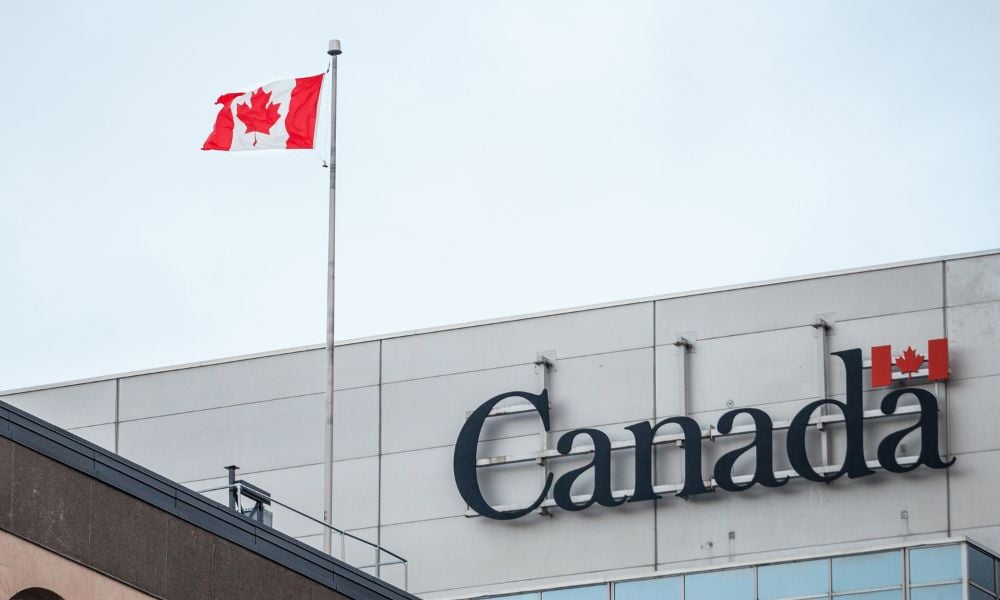
Immigrant personal support workers, software engineers, others to help employers fill positions

The federal government will be letting in more immigrants this summer to help Canadian employers fill their talent needs.
Ottawa is creating a new federal pathway under the Economic Mobility Pathways Pilot (EMPP) to welcome immigrants who can work in Canada as:
“Canada is a global leader in helping skilled refugees connect with employers struggling to find workers in critical areas, while giving newcomers the opportunity to restart their careers and their lives here in Canada,” said Sean Fraser, minister of immigration, refugees and citizenship. “Our government will continue to develop and scale innovative immigration measures to help employers address their critical labour shortages and provide refugees with the opportunity to live in safety while rebuilding their lives.”
With the new federal pathway, employers will be able to hire refugees and other displaced people who qualify under any National Occupation Classification 2021 category (TEER 0–5).
Canada is also set to welcome an additional 15,000 migrants on a humanitarian basis from the Western Hemisphere over the course of this year under an agreement with the United States’ government.
Ottawa has also now allowed “other displaced people who lack a durable solution and are in need of international protection” to apply under the EMPP.
As these individuals rebuild their lives and careers, they help “fill gaps in our labour force, contribute to local economies, and enrich our communities,” according to the federal government.
More information on the new federal pathway, including eligibility criteria, will be available on the EMPP webpage in the coming weeks.
In December, the federal government enhanced the EMPP to bring 2,000 skilled workers into the country and fill jobs in health care, skilled trades and information technology.
Through the EMPP, seven NGO partners help skilled refugees overseas connect with employers who need to overcome critical labour shortages. Once candidates receive a job offer, they can apply to immigrate to Canada through existing regional economic programs.
After the relevant province, territory or community approves the application, candidates can then apply to Immigration, Refugees and Citizenship Canada (IRCC) for permanent residence, using EMPP measures that remove barriers refugees may experience due to their displacement.
Ontario is looking to bring in more than 18,361 immigrants to the province by 2025, up from 9,000 in 2021.
The new pathway to immigration is a good thing, according to several stakeholders.
Since December 2021, Talent Beyond Boundaries and its employer partners have had to pass on some 1,600 potential job matches in Canada because “there was not a suitable immigration pathway for refugees,” said Lara Dyer, Canada Director, TBB.
“This new pathway will provide countless opportunities for skilled refugees and employers alike, ensuring that any employer can take advantage of the EMPP if they wish to do so,” Dyer said. “With this initiative, Canada continues to demonstrate its commitment to being a global leader in immigration and labour mobility, and we are proud to be a part of this important step forward.”
The introduction of a new federal immigration pathway is a game changer for the EMPP, said Bassel Ramli, co-founder and director for economic mobility, Jumpstart Refugee Talent.
“Simplifying the process and making it more accessible to employers across Canada is crucial to scaling up the program. At Jumpstart Refugee Talent, we are thrilled to support our employer partners in bridging their hiring needs and gaining access to much-needed talent. This new immigration pathway will undoubtedly play a pivotal role in facilitating the integration of displaced talent and creating a more inclusive labour market in Canada.”